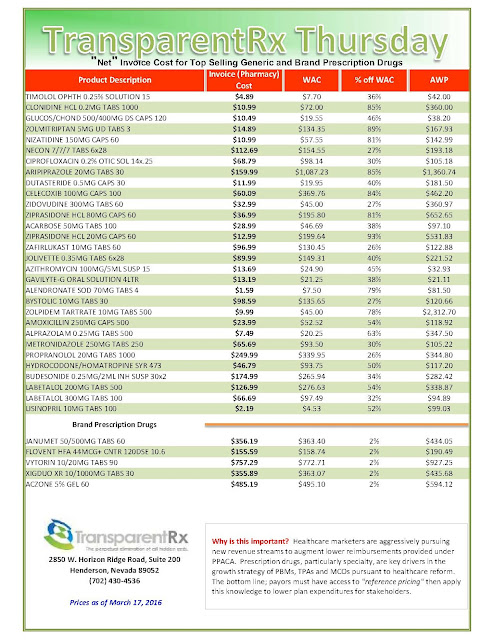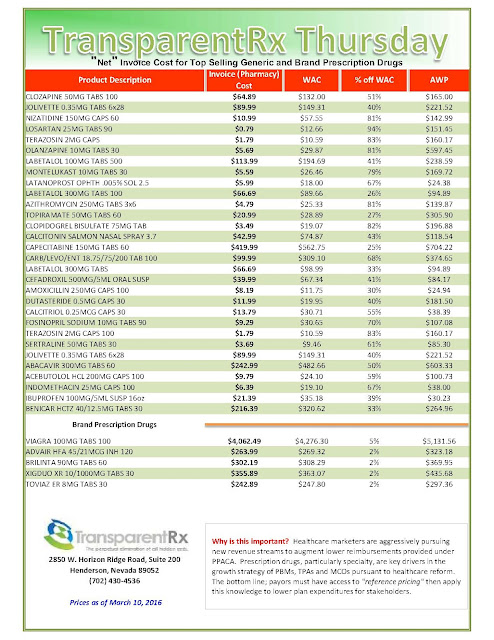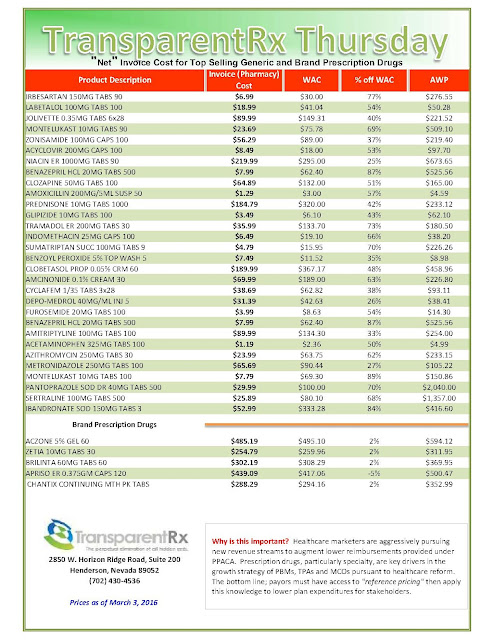Employers scramble to keep lid on climbing specialty drug costs
 Employers are taking aggressive steps to tackle rising specialty drug costs head on, a report released recently found.
Employers are taking aggressive steps to tackle rising specialty drug costs head on, a report released recently found.
According to the report by Towers Watson & Co., 53% of employers have added new coverage and utilization restrictions for specialty prescription drugs, including prior authorization or limiting quantities based on clinical evidence.
Another 32% are expected to add restrictions by 2018, Towers Watson found in the 20th Annual Towers Watson/NBGH Best Practices in Health Care Employer Survey of 487 large U.S. employers.
Furthermore, more employers plan to exclude certain compound medications from their benefit coverage: 39% have already done so, and another 24% expect to by 2018, according to the report.
Compound medications are prescribed by physicians but prepared by pharmacists. The process leads to higher costs and could result in a mix that’s not approved by the U.S. Food and Drug Administration, Towers Watson said in the report
The hefty price tags on specialty drugs, which are used to treat complex conditions like cancer, multiple sclerosis and hepatitis C, are driving up employers’ overall health care spending.
And with more specialty drugs coming down the pipeline and few or no alternatives or generics to lower the price, spending on specialty pharmacy shows no signs of slowing.
According to the nation’s largest pharmacy benefit manager, Express Scripts Holding Co., spending for specialty drugs increased 30.9% to $311.11 per plan member in 2014, the highest increase ever recorded. That’s despite the fact that specialty medications account for just 1% of U.S. prescriptions.
Because specialty drugs often require careful handling and delivery by a clinician, they may be billed on the medical side of the benefit plan. As such, 26% of employers are addressing specialty drug cost and utilization in their medical plan, in addition to strategies used on the pharmacy plan. Towers Watson expects the percentage of employers addressing specialty drugs in their medical plan to triple in three years, according to the report.
“Although pharmacy represents approximately 20% of employer-sponsored medical benefits costs, it is increasing at a rate that accounts for roughly half of medical cost inflation and should be a top priority for employers,” Eric Michael, U.S. central division pharmacy leader for Towers Watson, said in a statement.
“Left unchecked, pharmacy costs will continue to soar, creating an urgent need for employers to reevaluate their pharmacy plans and benefits to include maximizing use of generic drugs, and develop clear policies on the use of specialty and compound drugs. The challenge is to prudently manage pharmacy costs while enabling employees to access effective and affordable treatment,” Carmelina Rivera, Towers Watson’s U.S. west division pharmacy leader, said in the statement.
The report is based on a survey conducted in June and July of 487 U.S. employers with at least 1,000 workers.









